The sun set to the north that day, at least as framed by the steep walls of the Chugach Mountains, casting a golden light over the valley. Up in the alpine, 4,000 feet above sea level, we watched the day end.
It was a good campsite and one of the defining moments of a very good backpacking trip in the western Chugach, about an hour outside of Anchorage.
Two years later I was in Wyoming, backpacking in the Wind River Mountains. My group spent three nights camped on a rock slab with a fairly steep downward angle. Every half-hour or so through the night, we woke up scrunched together at the bottom of our tent, having slowly slid down.
While the views were stunning, this was not a pleasant place to camp. Add to that the total lack of protection from wind and rain, and this site was far from ideal.
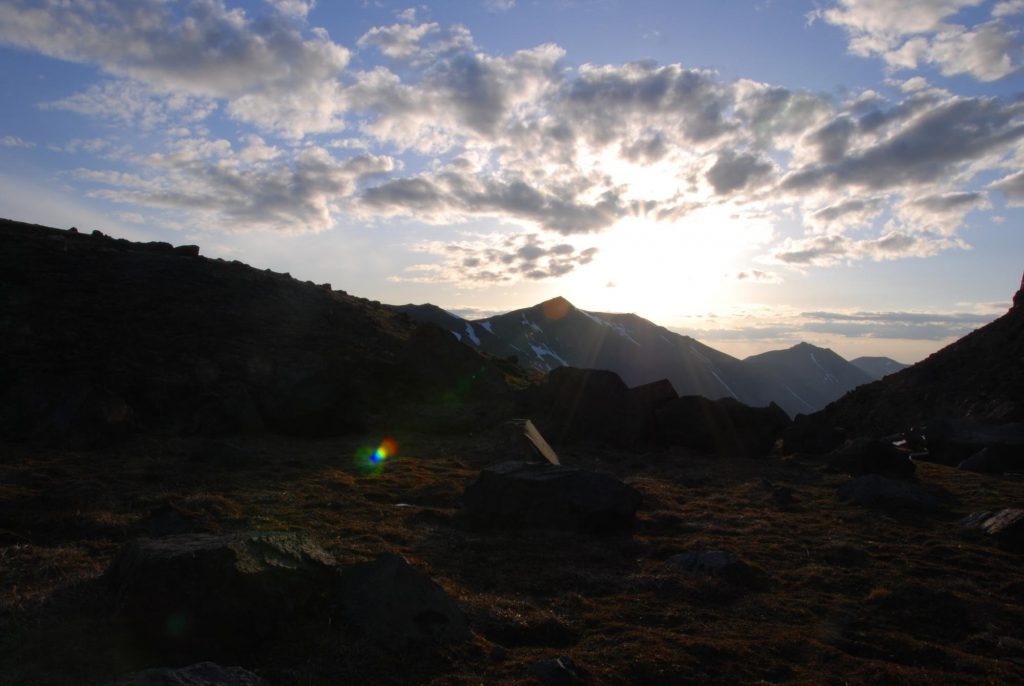
A good campsite can make a trip, and a bad or mediocre campsite can cause a lot of difficulty.
But what makes a campsite great, less great, poor, or even outright dangerous? Above all else, your campsite needs to be safe. That means safe from the environment and safe from wildlife. A good site also has space for safe cooking and food storage.
The chosen site needs to be legal, too. Know who owns the land you plan to camp on, and remember that many of the more popular areas require permits.
But aside from practical needs, the best camping areas are beautiful and encourage more exploring and adventuring. These are a few pointers to help a backpacker choose a good campsite in spring, summer, and fall — winter camping is a different animal entirely.
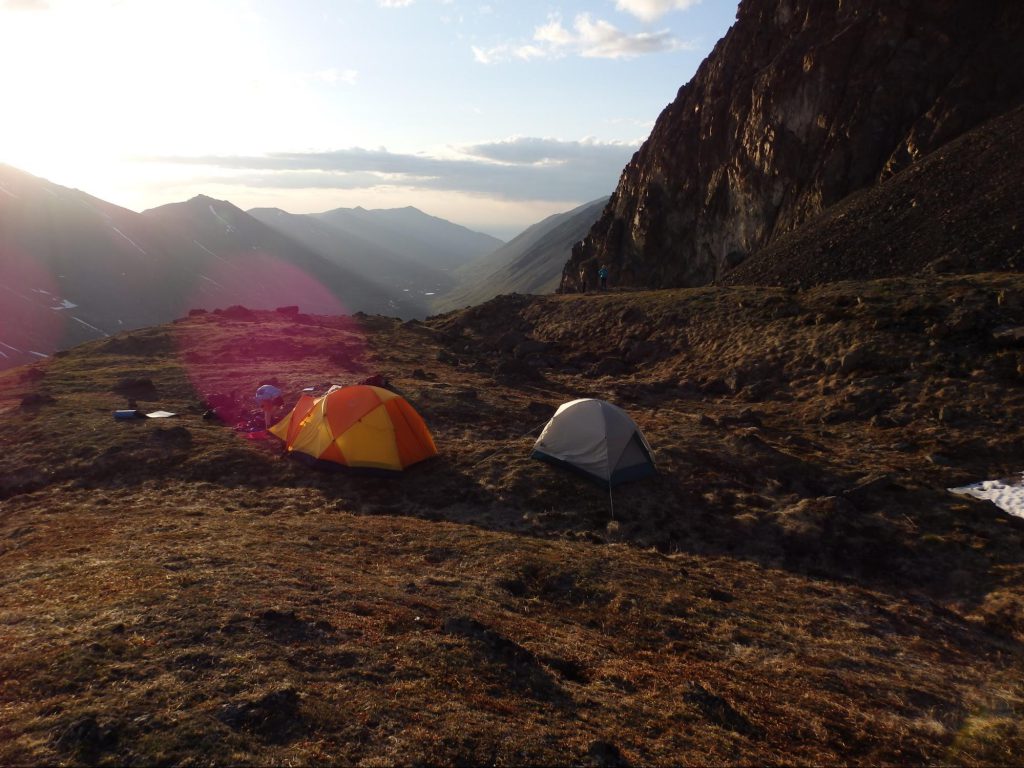
At its most basic level, a good campsite has enough clear, flat, and dry ground on which to set up a tent. In many hiking areas, campsites are preset with very obvious locations for tents. In other more wild places, the choice may be less clear.
If you are setting up camp in a high-use area, pitch your tent where you see the signs of previous camps. This will reduce the overall damage to the landscape, and you can be pretty confident that if you pick a well-worn site, it will be suitable. Take care to leave no trace. If a worn-in campsite exists, use it. Do not leave trash or scars in the wilderness.
But wherever you choose to camp, be it a formal campground or a remote mountain, there are some universal questions to ask.
Do you have access to good drinking water?
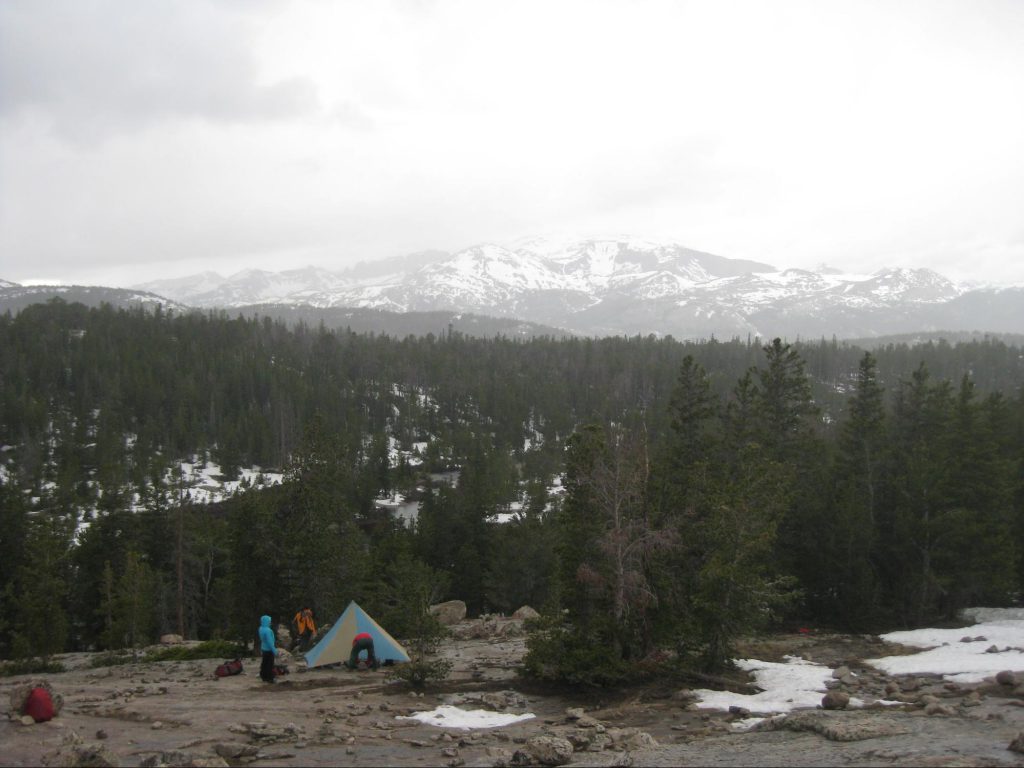
Water is heavy, so you’re unlikely to carry enough for your whole trip. When picking a campsite, know in advance where you will get your drinking water. Is there a stream or a lake? Is this water clean? It is always best practice to sterilize your water before drinking, whether that be through boiling, chemicals, or other methods. Maybe the plan is to melt snow for water. If so, make sure to carry more than enough fuel.
It’s a good idea to scout out possible water sources on your map beforehand as well.
Back on that Wyoming trip, we set one of our campsites on a snowy hillside. There was no running water on the surface, but we could hear water flowing beneath the snow. There was not enough stove fuel to use for melting snow, which requires a lot of energy. So we dug through 3 feet of snow with our hands to access the water below.
You can avoid this by planning in advance and knowing where to get your drinking water.
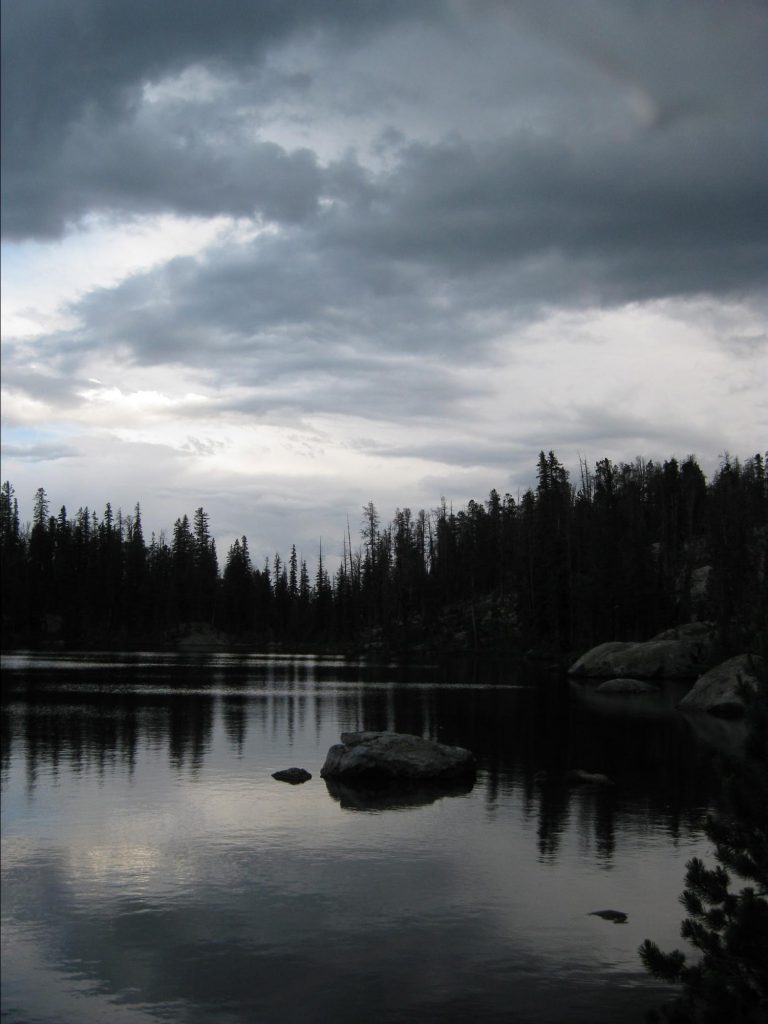
Could this area flood? What would happen in a storm? Are there any “widowmakers”?
When scouting a campsite, look for potential hazards. That beautiful spot where a river meets the ocean may have a spectacular view of the sunset, but what happens when the tide comes in? The same could be true of camping beside a lake. A quick storm could flood low-lying areas.
Keep flooding in mind when pitching that tent. Also remember wind. Are you camping on a high alpine ridge? Try pitching your tent on the side of the ridge that is less exposed to the wind, and even then, make sure to stake down your tent tightly.
Consider another environmental hazard: gravity. Are you in a forested area? If so, look for widowmakers — anything hanging overhead that could fall on you. Never set up a tent beneath a dead tree or loose hanging branches.
But what about wildlife? Think about the animals with which you will share the outdoors. Are any of them known to steal food? Are any dangerous?
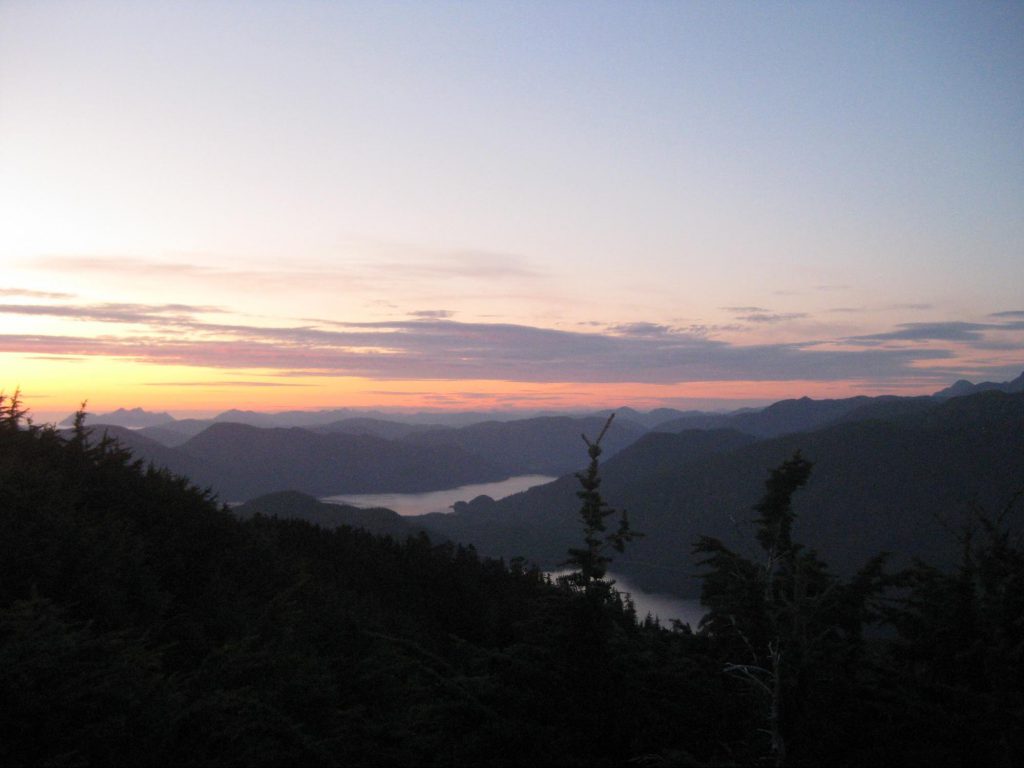
A smart backpacker will always secure their food. A squirrel or a field mouse may not be a security threat, but waking up to find your food bag torn to pieces by critters is not ideal. Some areas will have specific regulations in place, but generally a Kevlar bear bag or plastic bear canister will suffice. And never sleep with food or things that smell like food inside your tent.
What about dangerous game? How can a person secure their camp against bears?
Keep smelly items secured and stored far away from your tent. Cook food far from where you sleep, and store it in a third place, far from both. The National Park Service recommends a 100-yard separation between your sleeping area and your food storage.
Simply carrying bear spray or a weapon does not relieve you of the responsibility to keep a clean, odorless campsite.
There are other options as well. Lightweight electric fences do exist and can deter wildlife from approaching. I used one of these to protect my food in Wyoming with positive results.
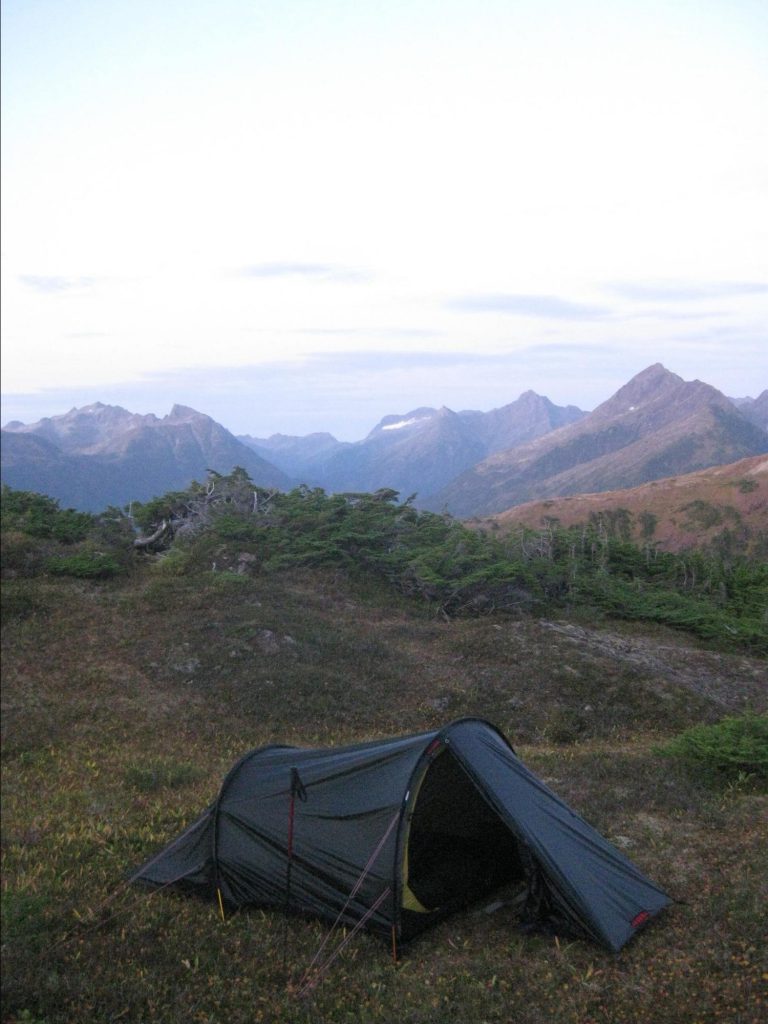
Another bear safety tip for campsite selection is to camp well away from any kind of trail. Like humans, bears walk on trails, so keeping your tent, cooksite, and food storage away from trails will reduce the chance of an encounter.
There is another critical piece of a good campsite, and that is the ambiance. Often, a backpacker will find multiple possible campsites that meet all of the essential requirements. From there, choose the prettiest one or the one with the best view. Relaxing beside a lake with the sun setting over nearby peaks can be a life-changing experience.
The best campsites are gorgeous, offering views worthy of Ansel Adams. But even when you’re camping in a more enclosed space such as a forest, there is plenty of beauty to be found. Good campsites make you want to spend more time outdoors.
If you want to get even more granular, keep in mind the angle of the sun. Many of the best campsites offer open views of the sky, often facing west for a clear sunset vista, or east for the sunrise to wake you up. A safe, beautiful campsite should be a highlight of time spent outdoors. Pick a good location, and enjoy the backcountry.

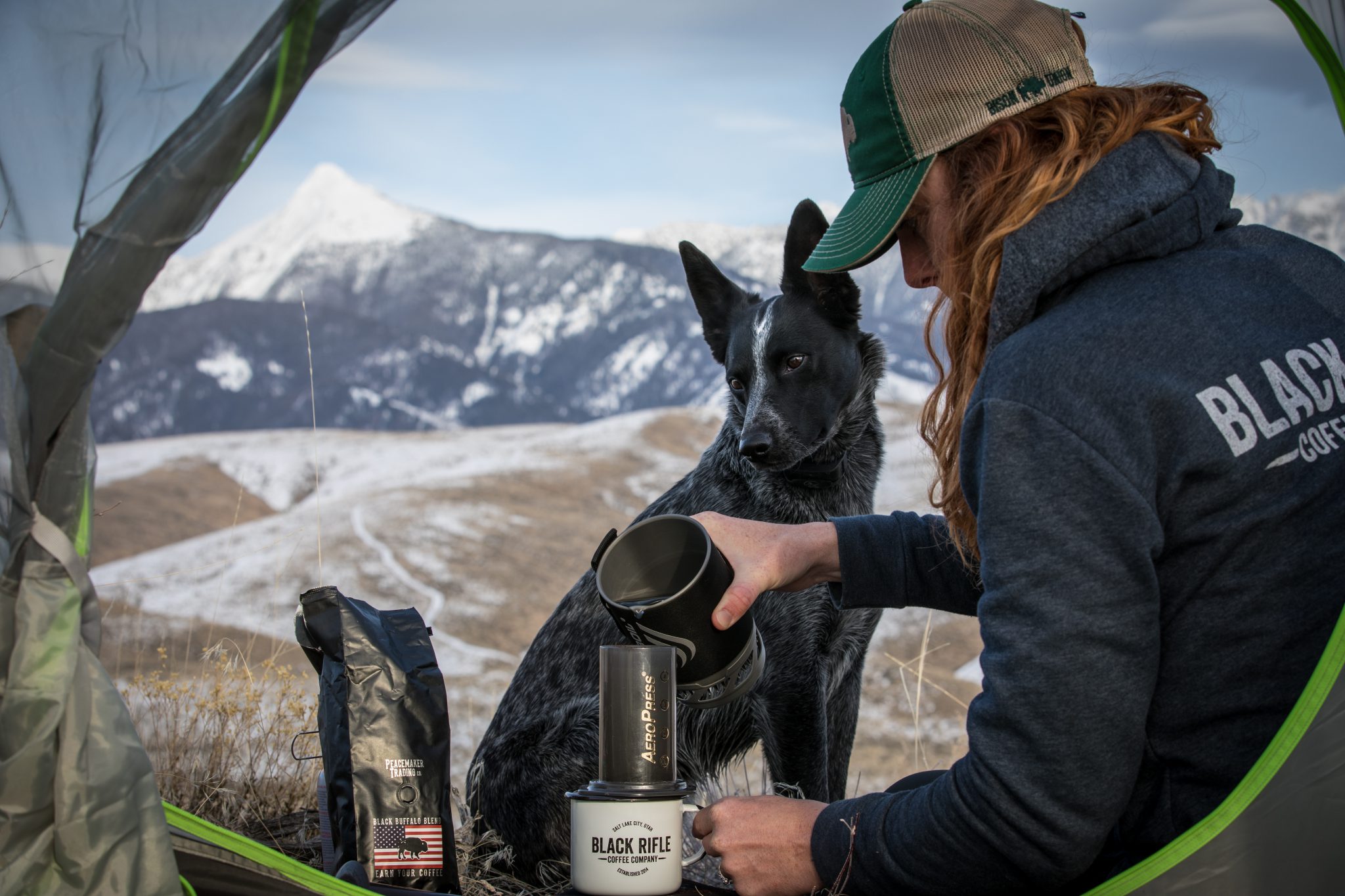






Comments